Update December 3, 2024: The Digicam 2 was sold last month, however, in the meantime I have two Leica T’s and a Leica D-Lux type 109 – and I am very happy with them 🙂
Owning a Leica has been a dream for many photographers—whether collectors, enthusiasts, or professionals. While professionals can justify the expense of a Leica camera and its lenses, it’s a desire shared by many. The Leica Digilux 2, although not the most professional camera, still holds a special place. It’s technically a compact camera, though not particularly compact, with a large body and an equally large Leica lens. Despite its size, it’s surprisingly manageable in terms of weight.
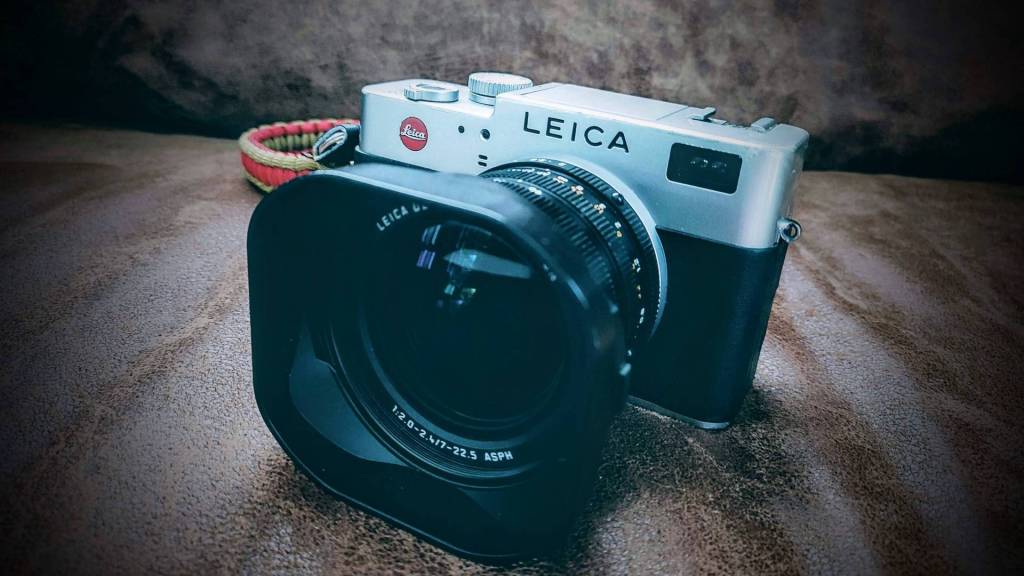
The technology in the Leica Digilux 2 is now somewhat outdated, especially the sensor, but that doesn’t make the camera any less capable. The image quality it delivers is impressive, with sharp results from the Leica lens. While some may question if it’s a “true” Leica given its similarities to a Panasonic model, Leica’s influence is undeniable. The collaboration between Leica and Panasonic is well-known, particularly in lens development. However, even in co-developed products, Leica ensures its unique touch, especially in image processing, where the brand’s signature style shines through.
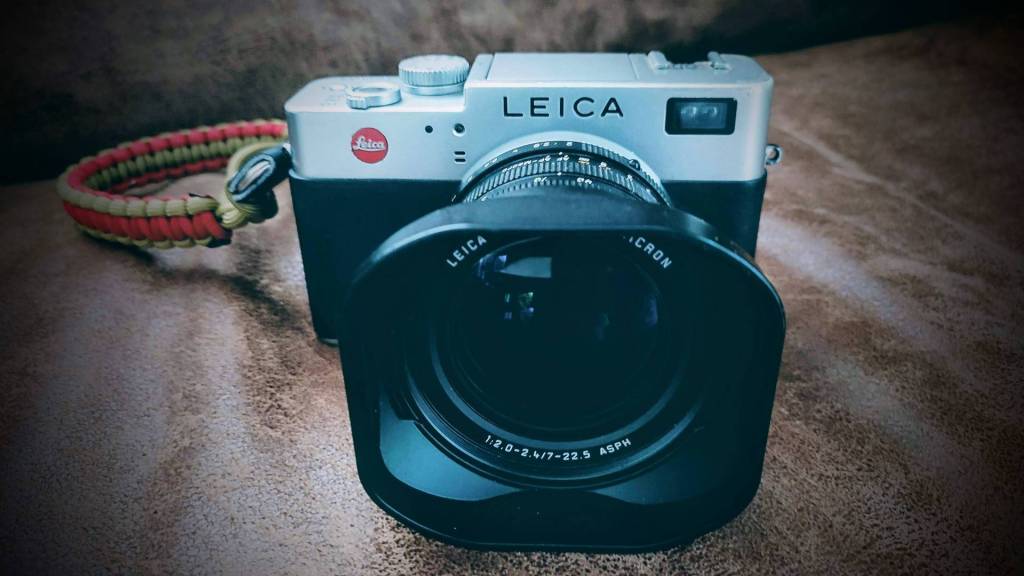
Using the Digilux 2 offers a distinct analog feel, thanks to features like the shutter dial, which goes up to 1/2000, and the aperture control on the lens. These features make it ideal for photographers who appreciate the analog style, offering an experience somewhat akin to using a Fuji X100. However, despite the camera’s age (now 20 years old) and less advanced LCD and EVF, the image quality it produces is far from disappointing. The 5-megapixel output may seem modest by today’s standards, but it’s a testament to the quality over quantity philosophy, especially when compared to the megapixel race in modern cameras.
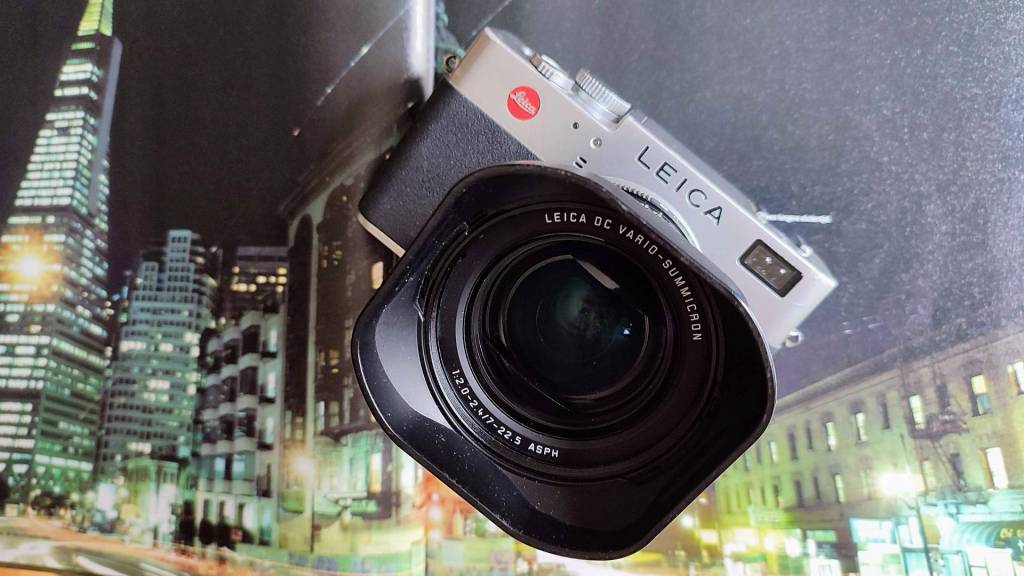
One practical challenge with the Digilux 2 is its compatibility with SD cards limited to 2GB. However, with some searching, you can find older or low-capacity SD cards that work perfectly with this camera. In fact, this limitation may even have some unexpected advantages, which I plan to explore in a future article.
The Leica Digilux 2: A Pioneer in Digital Photography
Camera Type and Category
The Leica Digilux 2, released in 2004, is a digital compact camera that occupies a unique niche in the world of photography. It’s often categorized as a high-end prosumer camera, designed for photography enthusiasts who seek a blend of advanced features and compact convenience. The Digilux 2 is notable for its combination of manual controls and high-quality optics, which appeal to photographers accustomed to the tactile experience of analog cameras. With its retro-inspired design and full manual control options, it stands out as a bridge between the traditional film camera experience and modern digital convenience.
Strengths
- Superb Lens Quality: The Digilux 2 features a Leica DC Vario-Summicron lens with a fast aperture range of f/2.0-2.4, which is renowned for its sharpness and beautiful rendering. This lens, equivalent to 35-90mm in 35mm format, is versatile for a variety of shooting scenarios, from portraits to landscapes.
- Manual Controls: The camera is equipped with traditional dials for aperture, shutter speed, and focus, offering a hands-on shooting experience that many photographers appreciate. This makes it an excellent tool for those who prefer full control over their photography.
- Design and Build Quality: The Digilux 2 has a solid, well-constructed body with a classic, understated design. It combines the aesthetic of vintage Leica cameras like the M2 – M7, with modern digital technology, making it a pleasure to use and own.
- RAW Image Support: The camera’s ability to shoot in RAW format allows for greater flexibility in post-processing, appealing to serious photographers who want to maximize image quality.
- Large and Bright Viewfinder: The electronic viewfinder (EVF) was quite advanced for its time, offering a clear and bright view of the scene, which was particularly beneficial in bright outdoor settings.
Weaknesses
- Limited Low-Light Performance: The ISO range of 100-400 is quite restrictive, especially by modern standards. This limits the camera’s usability in low-light conditions, where higher ISO settings are often necessary.
- Slow Autofocus: The autofocus system on the Digilux 2 can be sluggish, particularly in low-light situations or when tracking moving subjects. This can be frustrating for photographers used to faster, more responsive autofocus systems.
- Limited Video Capabilities: While the camera does offer video recording, it’s limited to 320×240 resolution at 30fps, which is very basic by today’s standards. This makes the camera unsuitable for serious video work.
- Small and Low-Resolution LCD Screen: The 2.5″ TFT LCD screen with a resolution of 211,000 pixels, while decent at the time, is small and low-resolution by contemporary standards, making it difficult to accurately review images on the camera.
- High Price Point: At the time of its release, the Digilux 2 was quite expensive, and even today, it remains a costly option on the second-hand market. This high price may deter some potential users, especially given its technical limitations.
Conclusion:
I am extremely satisfied with my purchase of this camera. Interestingly, this camera has everything I missed in the original Fuji X100. Although the Fuji was marketed as a compact camera, it was actually too large to be truly compact. While this Leica may resemble an X100 on steroids, the real difference lies in the lens. It features a top-quality zoom lens that allows for true manual focusing, unlike the “fly-by-wire” system from Fuji.
The original X100 was intended to give you that genuine analog feeling but didn’t quite succeed. In contrast, this Leica compact camera delivers on that promise. What surprised me the most was the output. When I saw the first shots for the very first time, I thought to myself, “yes, this is a true Leica.”
The Leica Digilux 2 is a remarkable camera with excellent output. If you find one in working condition, at a reasonable price and can appreciate its unique qualities despite the outdated technology, I highly recommend it. After all, it’s a Leica !
For those interested in technical details, see the table below for specifications.
Leica Digilux 2 Samples :
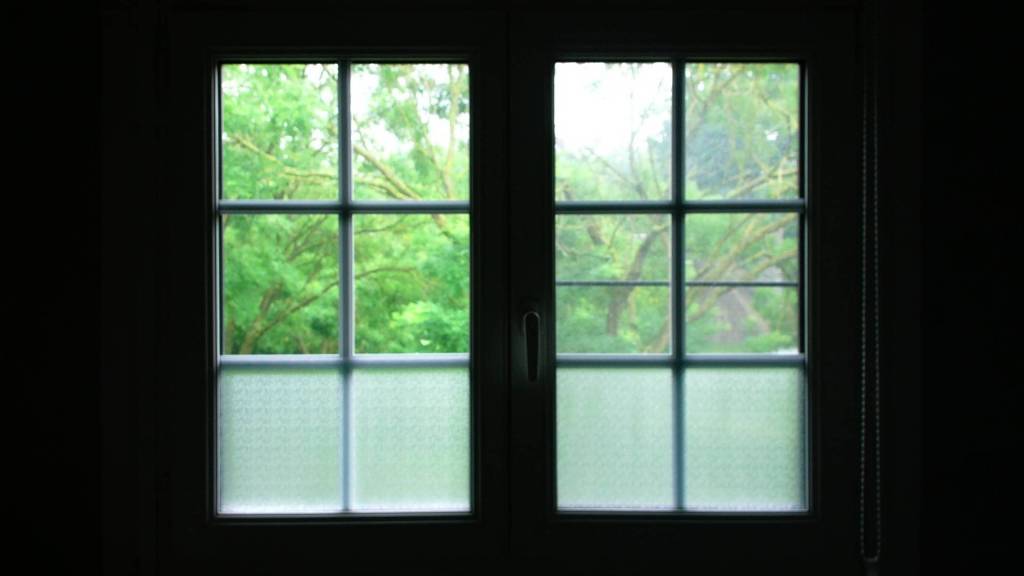
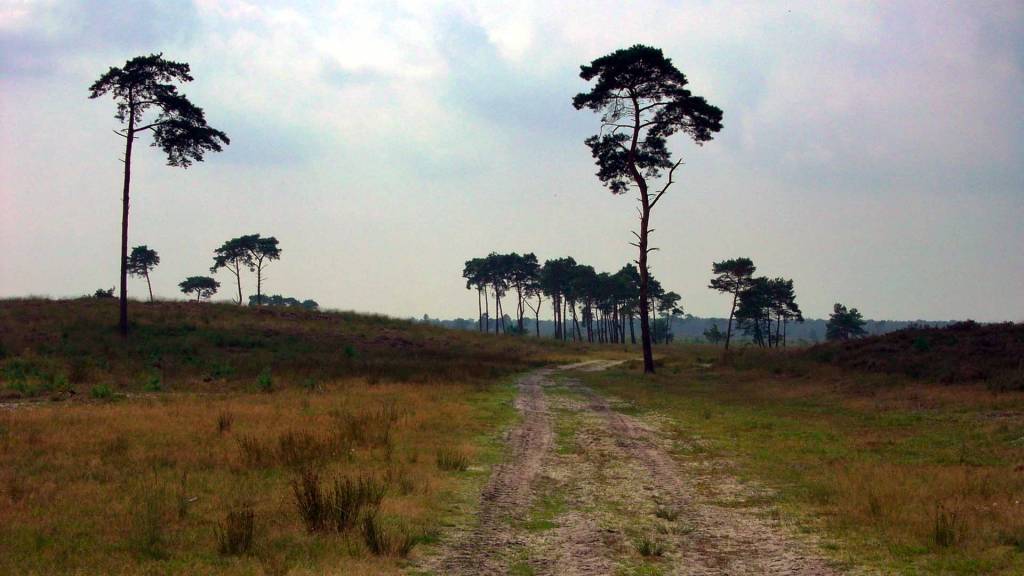
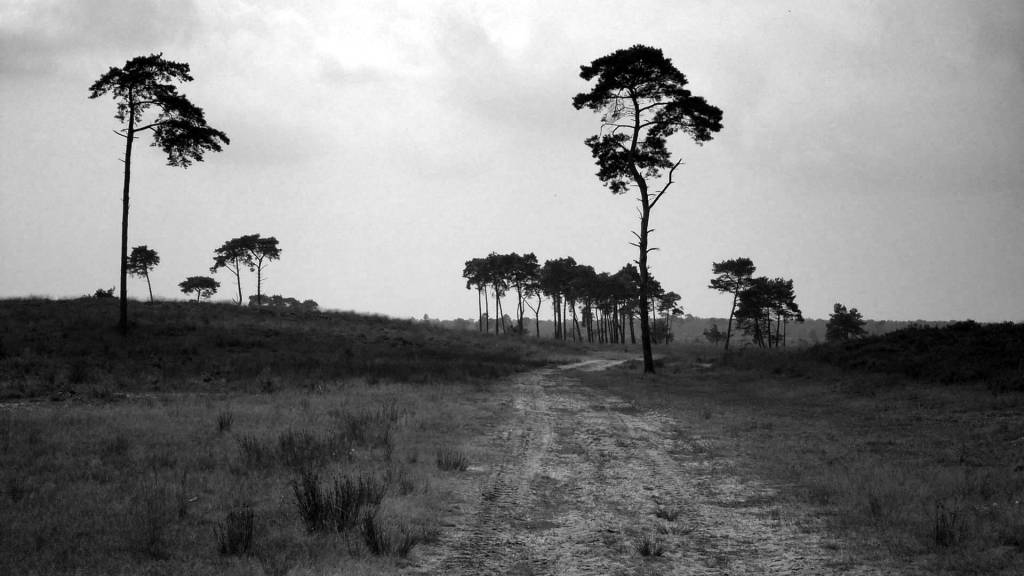
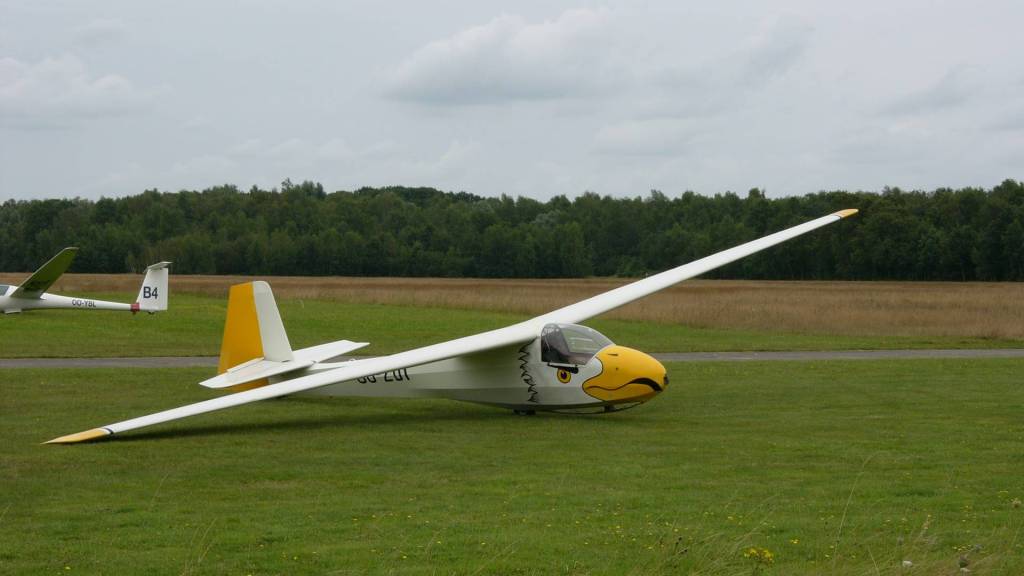
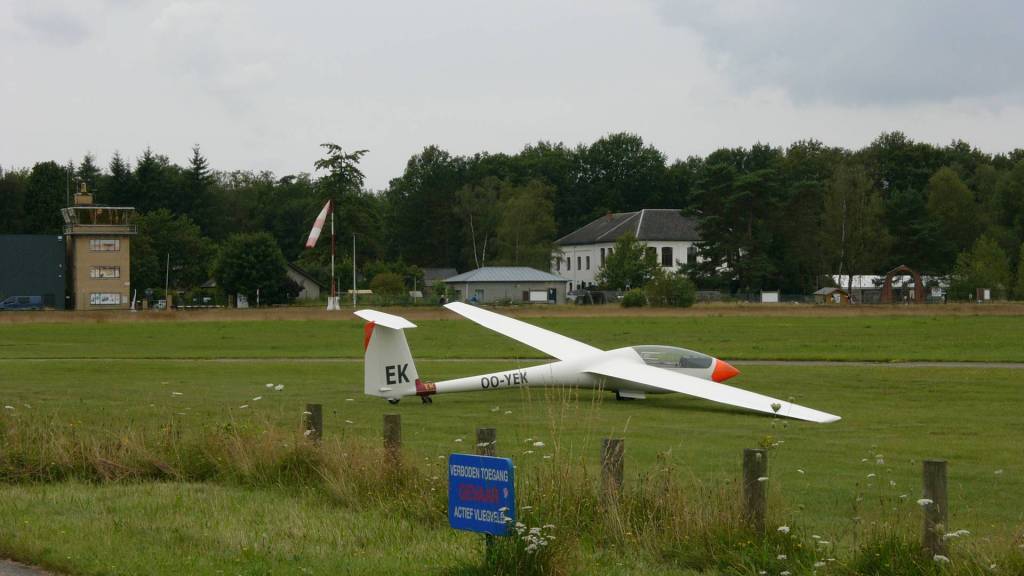
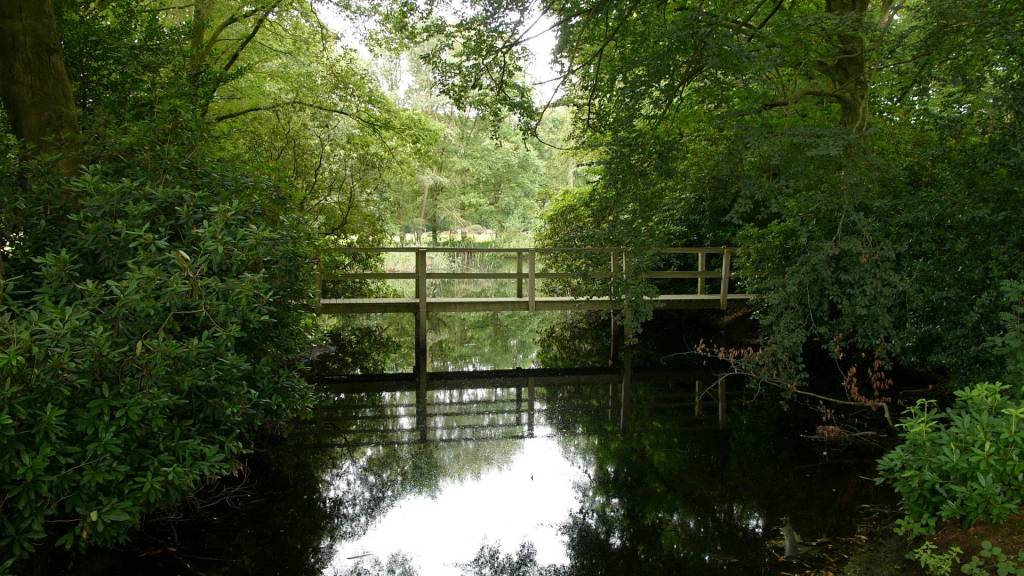
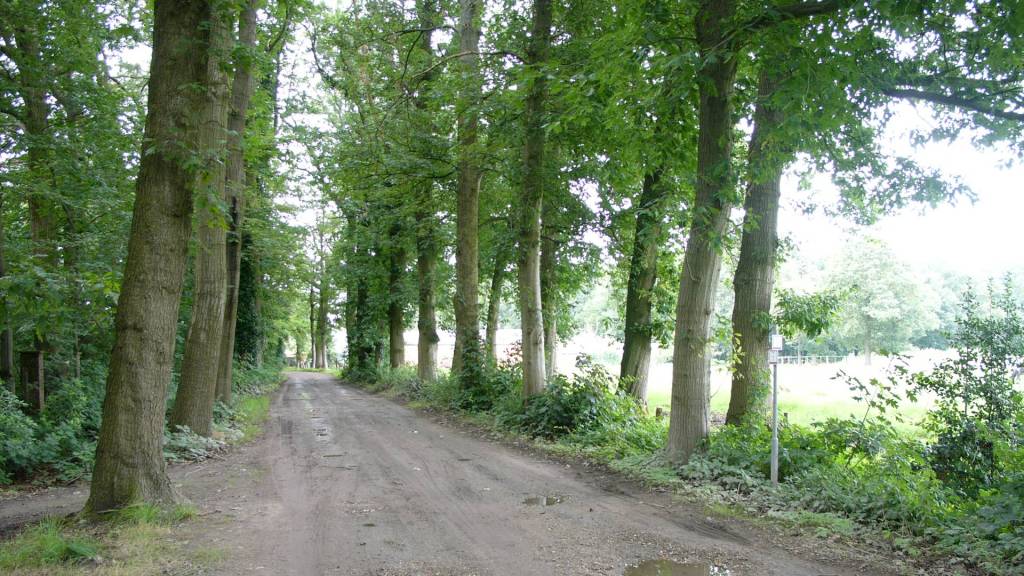

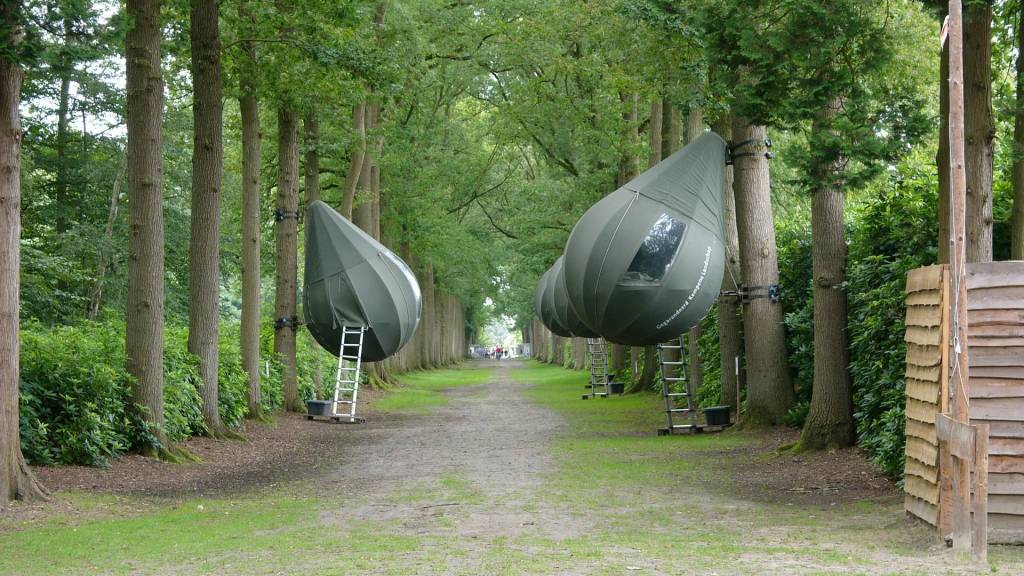
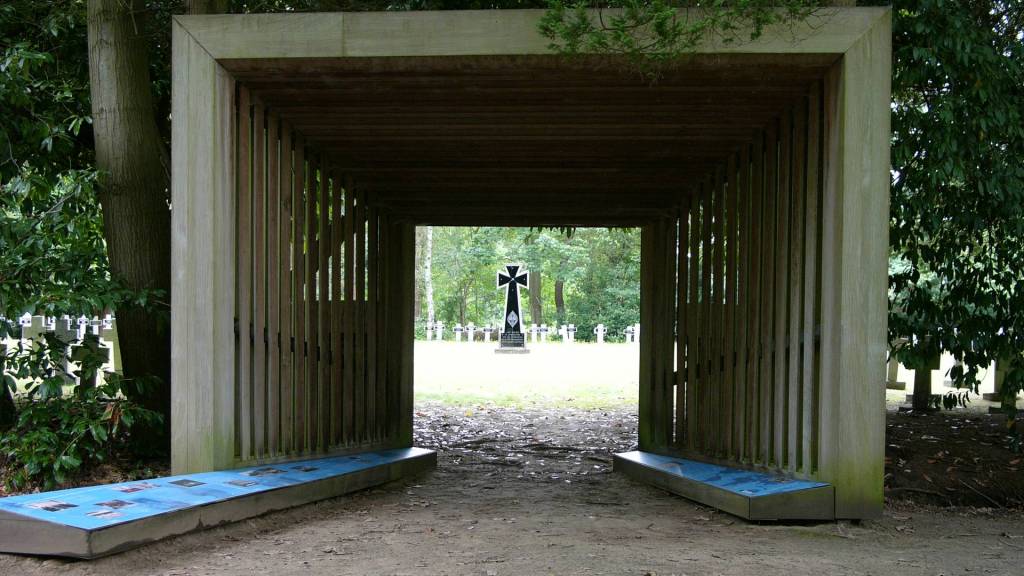





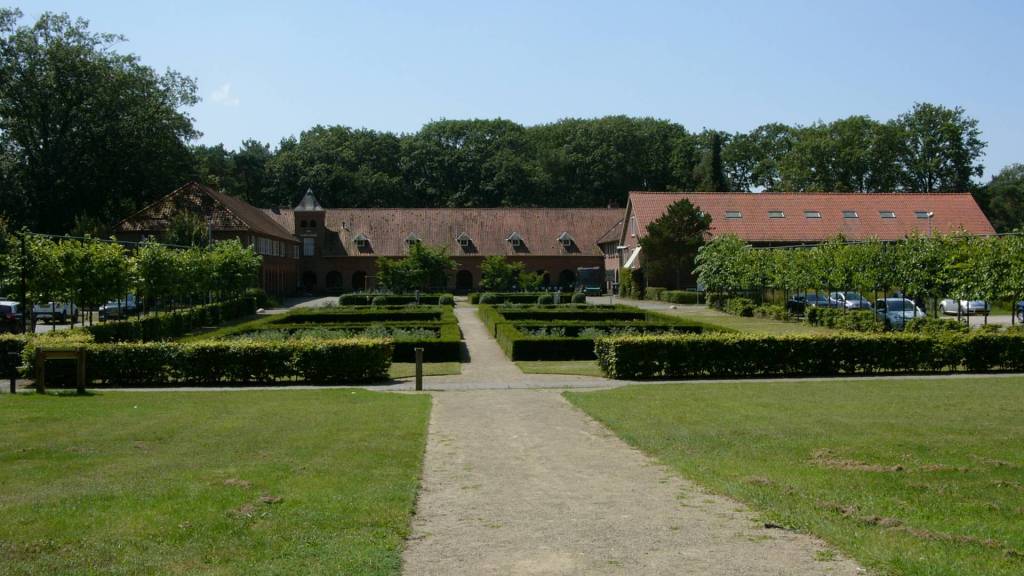
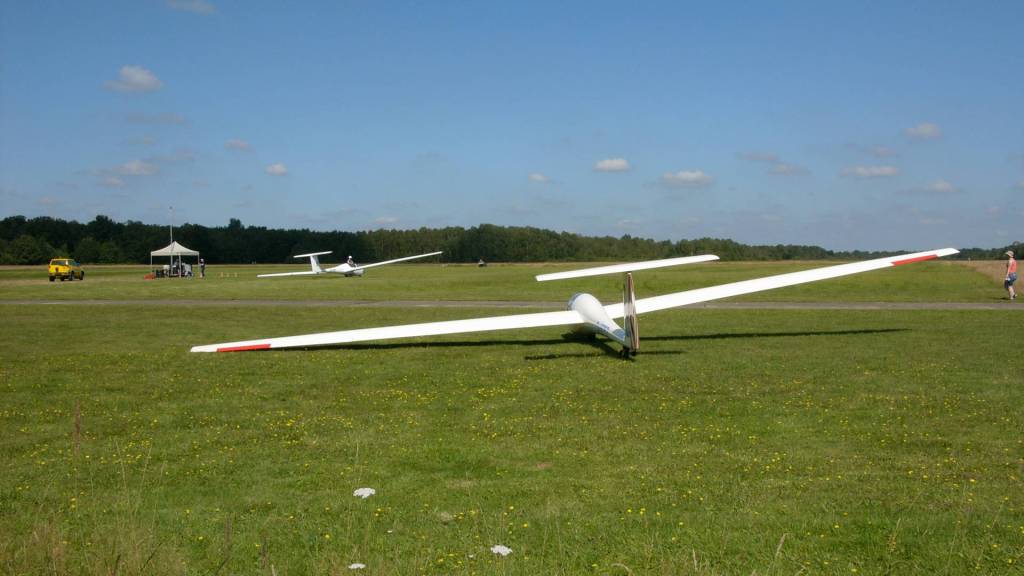
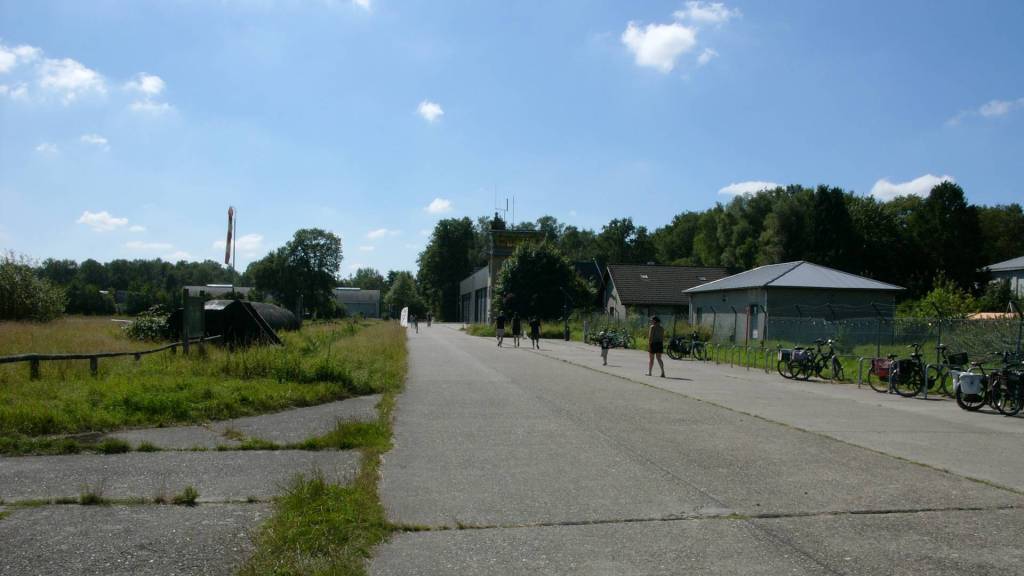
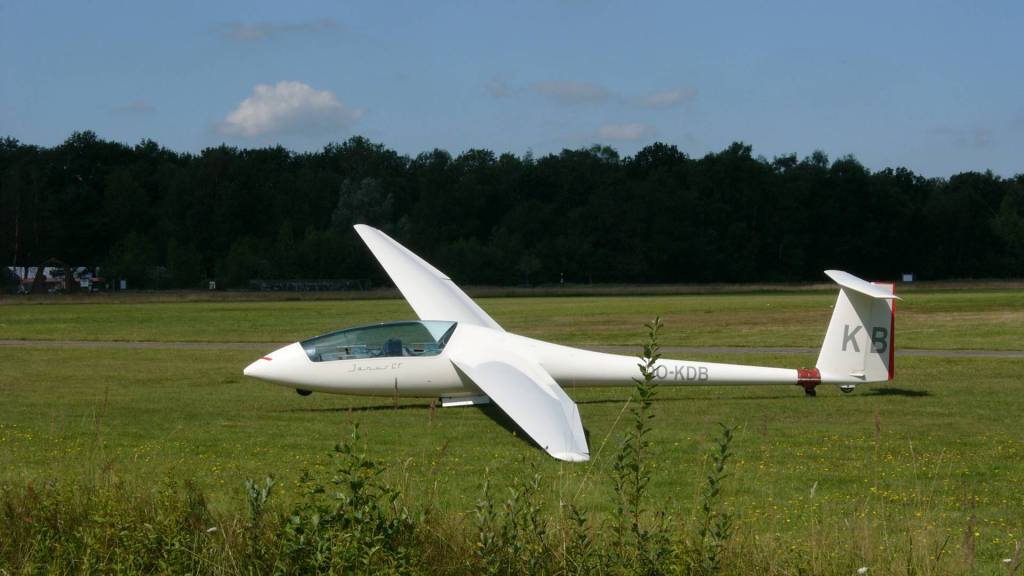
Except for photos two and three, the trees in color and B&W, all photos are unchanged, unedited, straight from the camera, Leica Jpg’s.
| Specification | Details |
|---|---|
| Camera Type | Digital Compact Camera |
| Sensor | 2/3″ CCD, 5.24 Megapixels (5 MP effective) |
| Lens | Leica DC Vario-Summicron 7-22.5mm f/2.0-2.4 (35-90mm equivalent in 35mm format) |
| Image Stabilization | No |
| ISO Range | 100 – 400 (Auto, Manual) |
| Shutter Speed | 8 sec to 1/2000 sec |
| Aperture Range | f/2.0 – f/2.4 |
| Viewfinder | Electronic Viewfinder (235,000 pixels) |
| Display | 2.5″ TFT LCD, 211,000 pixels |
| Focus Modes | Auto, Manual |
| Focus Range | Normal: 0.5m – infinity; Macro: 0.3m – 0.5m |
| Metering Modes | Multi, Center-weighted, Spot |
| Exposure Modes | Program, Aperture Priority, Shutter Priority, Manual |
| White Balance | Auto, Presets, Manual |
| Drive Modes | Single, Continuous, Self-timer, Bracketing |
| File Formats | JPEG, RAW |
| Storage Media | SD/MMC Cards (limited to 2GB) |
| Battery | Lithium-Ion rechargeable battery (BP-DC1) |
| Weight | Approx. 680g (including battery) |
| Dimensions | 135 x 82 x 103 mm |
| Flash | Built-in pop-up flash, Hot-shoe for external flash |
| Video Recording | 320 x 240 @ 30 fps (with sound) |
And to finish, a RawTherapee edit :

This article was written by Marc R.
While I primarily speak Dutch and have some knowledge of English and a little French, ChatGPT helps ensure my writing is grammatically correct. I often mix Dutch and English in my drafts, and ChatGPT steps in to translate and correct.

The photo gallery of Open Source Photography, Olympus micro 4/3 system, Vintage Lens Photograpy, Film Simulation, PictureFX, HDR – Photographer : Marc R.
Discover more from Open Source Photography
Subscribe to get the latest posts sent to your email.


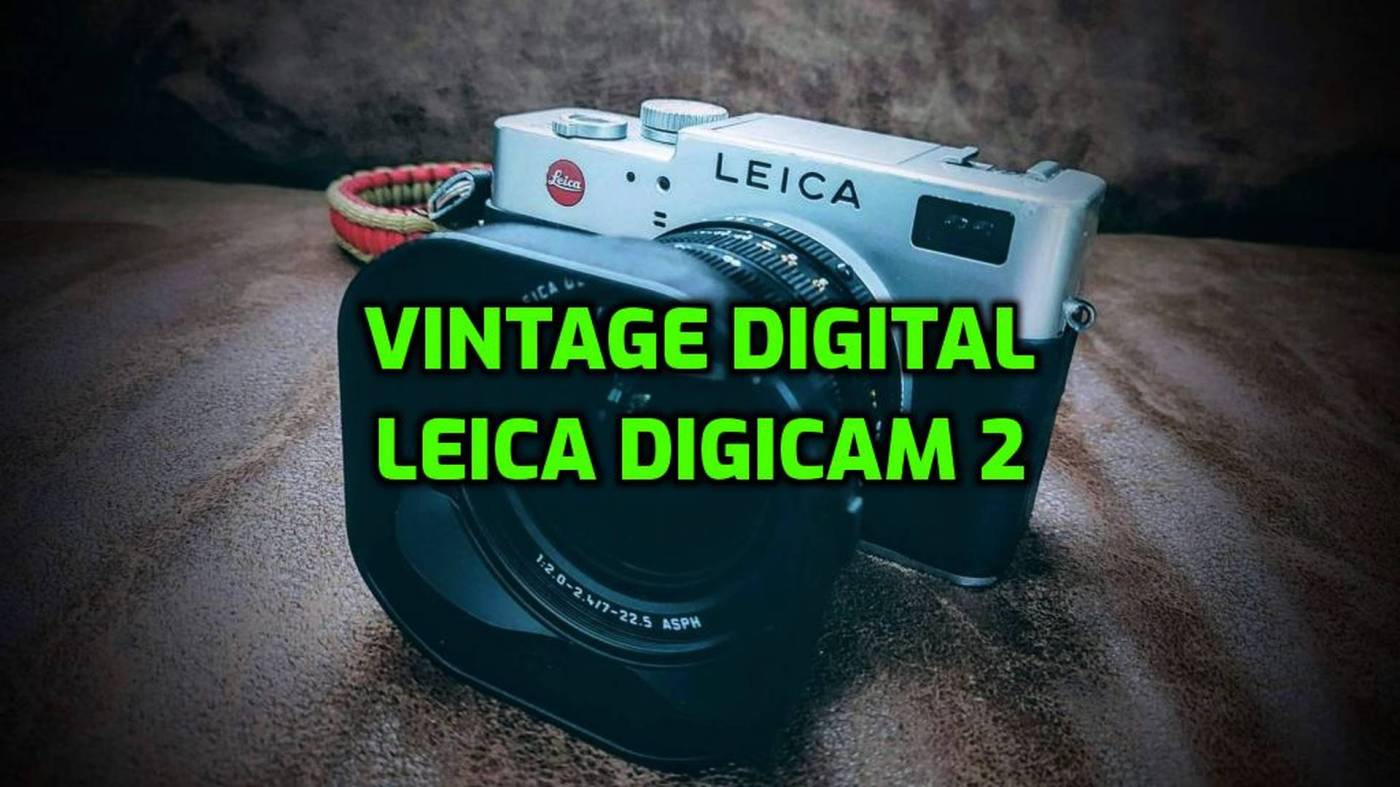

What a beautiful camera Marc. You are so lucky. And for many, like myself, those disadvantages that you mention make the camera even more appealing. As you know, I love having cameras or lenses that force you to take photographs within it’s constraints.
I look forward to seeing much more from this camera, and after reading that excellent article, I am tempted to go and hunt one down for myself!
LikeLiked by 1 person
Thank you, Mark, for the compliment. But, to be honest, if the price hadn’t been right, I probably would have passed. It’s true that it’s fun when a camera presents you with challenges—one of them being the limitation of a 2GB SD card. This got me thinking about searching for even more limited SD cards to mimic the experience of using a film roll. We’re so used to being able to take (almost) unlimited photos. Anyway, it’s these kinds of challenges that make photography so enjoyable. Ah yes, I almost forgot to mention that they are not cheap. Prices can vary significantly but usually trend upwards, averaging around €450 to €500. I personally bought mine in Italy for €266, which was quite a bargain.Thanks again for your comment, Mark. Have a great evening, and see you next time!
LikeLiked by 1 person